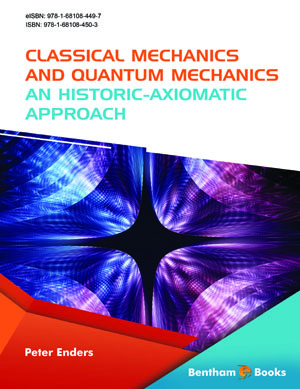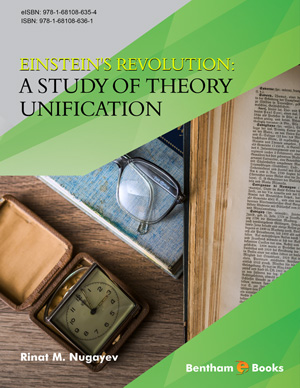Abstract
Orthorhombic Cuprate High Temperature Superconductors (HTSC) are characterized by the presence of both s-wave and d-wave Cooper pairs in their electronic structure, and it is known from theory that electronic transitions between s and d states may produce the emission of gravitational waves. In normal materials, s-d transitions are suppressed by competing electric and magnetic transitions that have much higher probabilities; this is not the case of Cooper pairs in HTSC, which cannot support states other than s-wave or dwave. To give theoretical foundations to a potential technology capable of constructing a quantum source of gravitational waves, this paper will also discuss means for creating coherence and population inversion and means to increase the emission probability, with close resemblance to the conceptual developments that led to the experimentation of the first laser. The expected performances of the device are derived from quantum gravitational theories. Additional properties of the active materials are considered in order to enforce the theoretical foundations of the device. A proof-of-concept device, operating at about 1 THz, is described.
Keywords: Gravitational waves, gravitational waves from quantum systems, quantum coherence, laser emission, theories of gravitation, superconductors, high-Tc superconductors, low-Tc superconductors, swave and d-wave pairs in superconductors, general relativity, gravity-like fields.


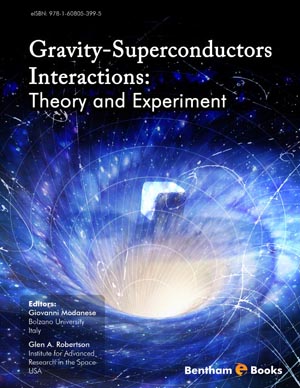


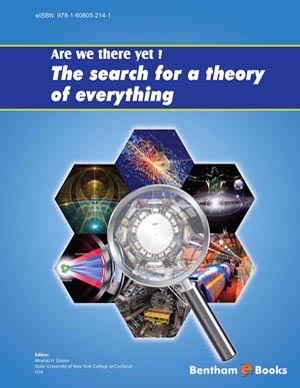

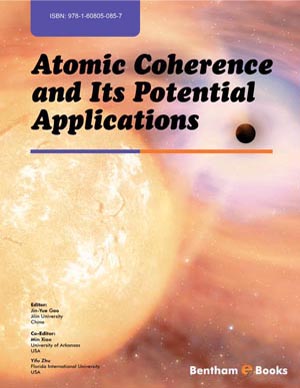
.jpg)
